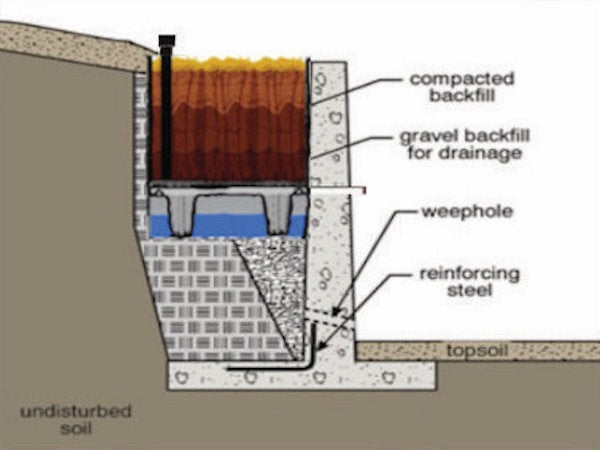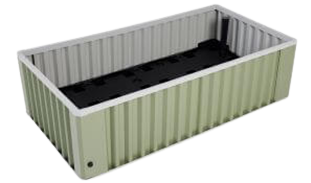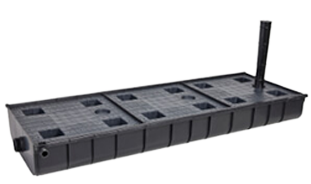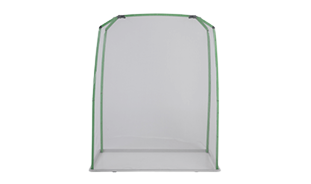WaterUps in retaining walls
Posted on: 20 April 2020 by Ian Collins
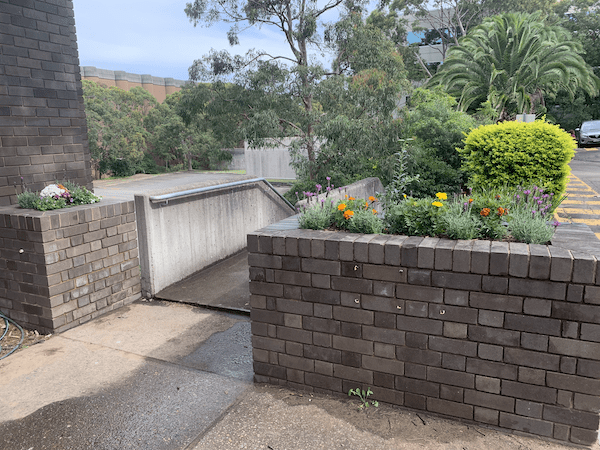
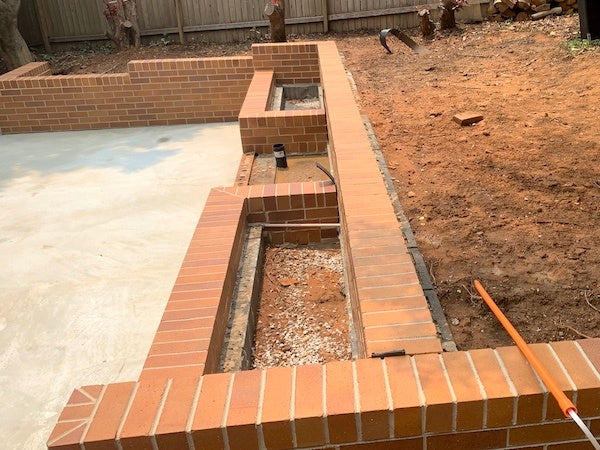
A few months ago Greg Soster, the principal of Outside Space and a past vice president of The Landscape Association of NSW, asked me whether he could use WaterUps® wicking cells in a retaining wall. My initial response was that I couldn’t see why not, but that we hadn’t specifically used them in that context before. Greg had used our wicking system in a number of projects and had always shown an interest in exploring additional applications for the product. I was interested to know what was behind this request as I thought that retaining walls were just a method of terracing or retaining sloping ground.
That got me thinking about the role of retaining walls, how they are constructed and the various purposes for which they are used:
- to stop soil erosion
- to create usable garden beds on steep slopes, and
- to provide a range of visual landscape design features.
The question for me was what role could our WaterUps® wicking cells play in this? So a number of months ago we started to build some wicking systems into retaining walls to see how they functioned.
Drainage in Retaining Walls
When it comes to water and retaining walls, one of the primary considerations is to ensure that adequate drainage is installed so that there is no build-up of water in the side of the wall. If this occurs it can lead to the wall collapsing. This is why we see collapsed retaining walls more often after heavy rain. The technical explanation for this is that, due to the water retention in the soil abutting the wall, there is increased downward and lateral hydrostatic pressure, which can become greater than the resisting vertical forces in the wall.
Another way to look at it is to consider the impact of heavy rain on the soil. As we know from studying soil structure, soil is composed of granular solid material and pore spaces. When dry, the pore spaces are filled with air and after heavy rain become saturated with water, which can increase the weight of the soil by up to 40%. This added weight creates downward and lateral pressure on the wall.
Landscapers use a number of methods to eliminate the build-up of excess water behind retaining walls. The generally accepted approach is to use a combination of permeable granular material, drainage pipes, and ‘weep holes’ to reduce the hydrostatic pressure.
Using Wicking Beds in Retaining Walls
Rather than simply drain away all of the water accumulating behind the wall, we felt that it would make sense to retain some of the water in a wicking bed reservoir, so that it could be used for watering the plants along the edge of your retaining wall. A WaterUps® wicking system can be easily installed at the time of construction and for only a marginal increase in overall cost. Waterproofing / pond liner would be needed to retain the water under the WaterUps® cells and the overflow pipe for the wicking system could be positioned in the wall just like the weep holes. This obviously sounds like a very practical method of incorporating the beneficial features of wicking beds, but how does this work in practice and could the addition of the wicking bed compromise the structural integrity of our retaining wall?

Given the engineering principles at play in retaining walls, it would seem counter-intuitive to actually want to retain water behind a retaining wall. However, the way in which the water is retained in the wicking bed reservoir actually provides the solution.
WaterUps® wicking cells, when full, hold up to 120 litres of water per square metre in the reservoir. However, given that the water is contained in the reservoir, there is no increase in the lateral pressure on the retaining wall itself. From an engineering perspective, then there is no reason why wicking beds should not be used in retaining walls.
Wicking beds can be integrated with the other drainage elements in a retaining wall, with the overflow pipe from the wicking bed performing the same function as a ‘weep hole’. Given that the base of the wicking bed could be between 350mm and 600mm from the top of the wall depending on what is planted, drainage in the form of granular material and drainage pipes will still need to be positioned at the base of the wall.
Types of Retaining Wall Wicking Beds
Contained Wicking Beds
These can be built into the outside of retaining walls as separate compartments and would act like separate planter tubs. The following images are courtesy of Now & Zen Landscapes in the Blue Mountains who have used WaterUps® wicking cells in a number of their landscaping projects over the past year.

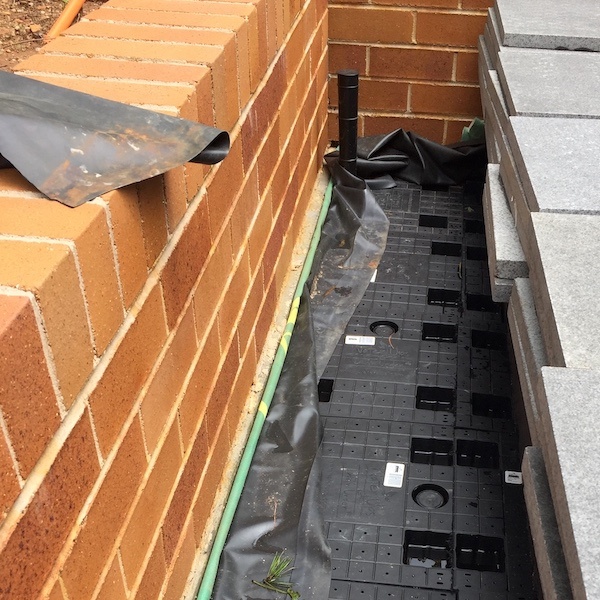
Semi In-ground Wicking Beds
These types of wicking beds can be constructed into slopes. This type of construction would mean that more water will flow into the wicking bed reservoir from the slope above during heavy rain and, therefore, will require the placement of more overflow pipes in the system. To ensure adequate egress, even during torrential rain events, we suggest adding an overflow pipe every 3 lineal metres of retaining wall. The following images are from our research facility in Bilinudgel.


In-ground Wicking Beds
These type of beds can be built into the inside of retaining walls with a frame. Again you will need to consider how many overflow pipes will be needed.


Benefits of Wicking Retaining Walls
A ‘wicking’ retaining wall can provide all of the benefits of a normal wicking bed. It would retain surplus rainwater, save water compared to above-ground watering systems, and dramatically reduce watering frequency. Additionally, you can expect to grow healthier plants more quickly given the stronger root development of sub-surface watered plants. You can plant ornamentals or edibles and create fantastic landscape features.
To check out our product range click here

